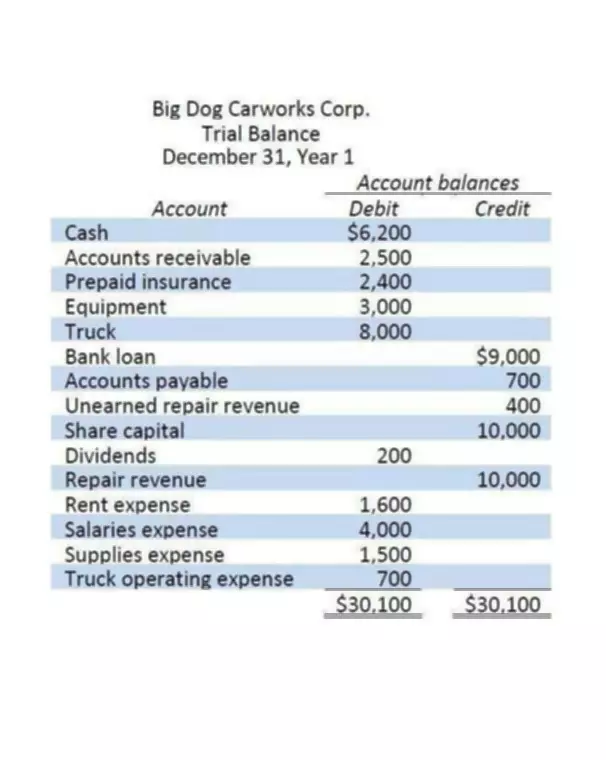Sales Journal Entry: Cash and Credit Entries for Both Goods and Services
Content

If ever some issue arises in the sale or delivery of the product to the client, the post reference entries help track the specific order and client. The sales invoice number is mentioned in the third column as shown in figure 1. A copy of the sale invoice is also generated and handed down to the customer. The identification number mentioned in the invoice allows helping track down that particular sale.
What are examples of sales journals?
Example of the Sales Journal Entry
For example, a company completes a sale on credit for $1,000, with an associated 5% sales tax. The goods sold have a cost of $650. The sales journal entry is: [debit] Accounts receivable for $1,050.
It is always prepared by the seller and is called sales invoice in the record of the seller and purchase invoice in the record of the buyer. The seller uses it to record a sales transaction in the sales journal and the buyer uses it to record a purchase transaction in the purchase journal. The example below also shows how postings are made from the sales journal to both the subsidiary and general ledger accounts. Each individual sale is posted to its appropriate subsidiary account. All the sales on account for June are shown in this journal; cash sales are recorded in the cash receipts journal. The borrower could be an individual like a home loan seeker or a corporate body borrowing funds for business expansion.
Revenue Journal
Companies that frequently make credit purchases of items other than merchandise use a multi‐column purchases journal. For example, the purchases journal below includes columns for supplies and equipment. Of course, every purchase in the journal below must credit accounts payable; equipment purchased with a note payable or supplies purchased with cash would not be recorded in this journal.
Thus, the proper design, implementation, and maintenance of the accounting information system are vital to a company’s sustainability. Although companies create special journals for other types of repetitive transactions, almost all merchandising companies use special journals for sales, purchases, cash receipts, and cash disbursements. It is also clear from the name that sales journal records sale transactions, whereas purchase journals record purchase transactions. A sales journal entry is the sale entry made in the sales journal when a customer purchases a product. It does not only record the cost of purchase, the sales journal entry also notes the date, time, sales tax, and so much more in the sales journal.
Is a General Ledger Part of the Double-Entry Bookkeeping Method?
While this is correct accounting methodology, it also can create a cumbersome general journal with which to work and may make finding specific pieces of information very challenging. For example, assume customer John Smith charged an item for $100 on June 1. In the general journal, the company would record the following. To create the sales journal entry, debit your Accounts https://www.bookstime.com/articles/accounting-cycle Receivable account for $240 and credit your Revenue account for $240. The account receivables are mentioned when the client purchases a product or service on credit, and sales are mentioned when the client purchases a product or service and pays for it through cash. Now, there is software that automatically enters the day, time, and even the name of the good sold.
This entry would then be posted to the accounts payable and merchandise inventory accounts both for $2,500. Under the periodic inventory method, the credit would be to Purchase Returns and Allowances. The subsidiary (customer) ledgers would be updated daily but at the end of the period, the TOTALS what is a sales journal only would be recorded in posted directly into the accounts listed with no journal entry necessary. Like in a cash sales journal entry, you likely also will deal with sales tax. Sales journals are a special type of accounting book, which are mainly used to track sales, receipts, and much more.
How to Make a Sales Journal Entry in Your Books
Such transactions can be documented on one line in a special journal. Then, instead of separately posting individual entries, each column’s total is posted at the end of the accounting period. At the end of the accounting period, each column total is posted to the general ledger account listed at the top of the column, and the account number is placed in parentheses below the total. Entries in the Other column are posted individually to the general ledger accounts affected, and the account numbers are placed in the cash receipts journal’s reference column.

Leave a Reply